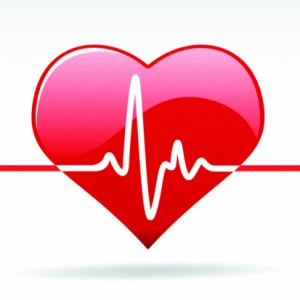 National Aeronautical Space Agency (NASA), an executive Federal Agency dedicated to Space flight, highly values exploration. The Agency’s exploration success depends on employees’ detailed attention to the safety and health of the astronauts and their fellow Earth-bound employees. For decades NASA’s occupational health programs have maximized the opportunities of national health initiatives as well as internal resources. And, they have led the way to improve internal programs for the maintenance of a workforce that operates at its highest level of physical and mental well-being.
National Aeronautical Space Agency (NASA), an executive Federal Agency dedicated to Space flight, highly values exploration. The Agency’s exploration success depends on employees’ detailed attention to the safety and health of the astronauts and their fellow Earth-bound employees. For decades NASA’s occupational health programs have maximized the opportunities of national health initiatives as well as internal resources. And, they have led the way to improve internal programs for the maintenance of a workforce that operates at its highest level of physical and mental well-being.
via CDC – NIOSH – Total Worker Health™ in Action – February 2014.









